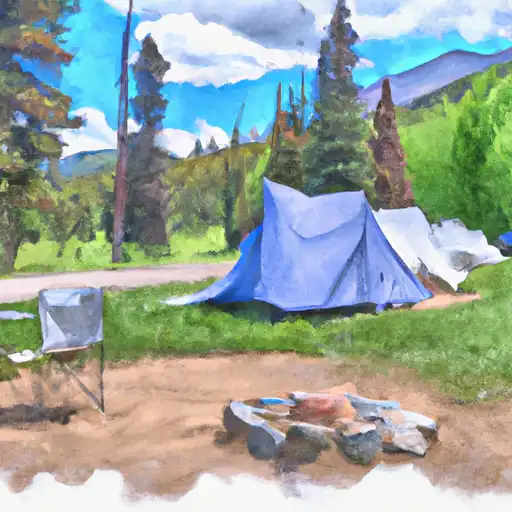2026-01-02T17:00:00-07:00
* WHAT...Snow above 9500 feet. Additional snow accumulations up to two inches. * WHERE...Flat Tops, Northwest San Juan Mountains, Southwest San Juan Mountains, Gore and Elk Mountains/Central Mountain Valleys, and West Elk and Sawatch Mountains above 9500 feet. * WHEN...Until 5 PM MST this afternoon. * IMPACTS...Plan on slippery road conditions. The hazardous conditions could impact the Friday evening commute.
Summary
Standing at an elevation of 14,137 feet (4,309 meters), it is one of the most challenging and sought-after mountaineering destinations in the state. With its rugged terrain, steep cliffs, and exposed ridges, Capitol Peak offers a thrilling adventure for experienced climbers.
During the winter season, Capitol Peak receives a substantial amount of snowfall, making it a popular destination for backcountry skiing and snowboarding. The snowpack range can vary greatly depending on the year and weather conditions, with depths often exceeding several feet. It is essential for winter climbers to be well-prepared and equipped with proper avalanche safety gear and knowledge.
The mountain is known for its stunning vistas and numerous creeks and rivers that flow from its slopes. Snowmelt and runoff from Capitol Peak contribute to the headwaters of the Roaring Fork River, which is an important water source for communities downstream. This pristine alpine environment is also home to a diverse range of flora and fauna.
Capitol Peak's name is derived from its distinctive summit, which resembles the dome of the United States Capitol building. The mountain has a rich history and is often associated with lore and legends. Local Native American tribes believed the peak held spiritual significance and considered it a sacred place. Over the years, Capitol Peak has become an iconic symbol of the Rocky Mountains and continues to captivate mountaineers with its beauty and challenging ascent.
Weather Forecast
Regional Streamflow Levels
32
Cubic Feet Per Second
83
Cubic Feet Per Second
100
Cubic Feet Per Second
53
Cubic Feet Per Second
Area Campgrounds
| Location | Reservations | Toilets |
|---|---|---|
 Redstone
Redstone
|
||
 Redstone Campground
Redstone Campground
|
||
 Avalanche Campground
Avalanche Campground
|
||
 Avalanche
Avalanche
|
||
 Silver Queen Campground
Silver Queen Campground
|
||
 Silver Queen
Silver Queen
|
